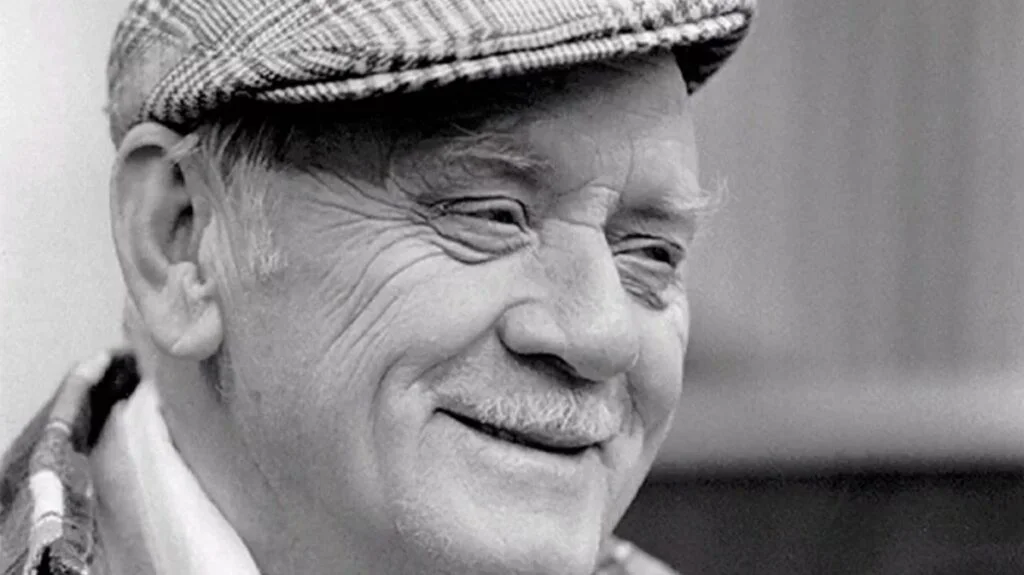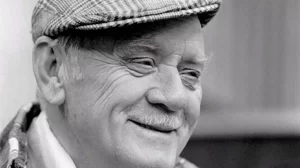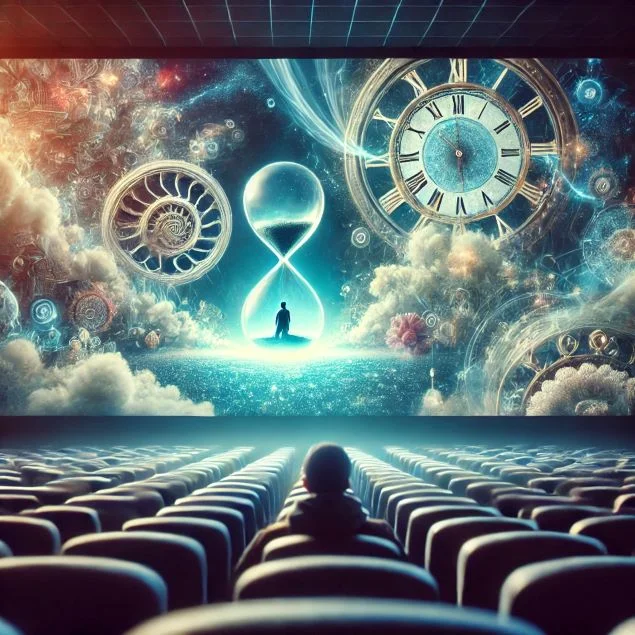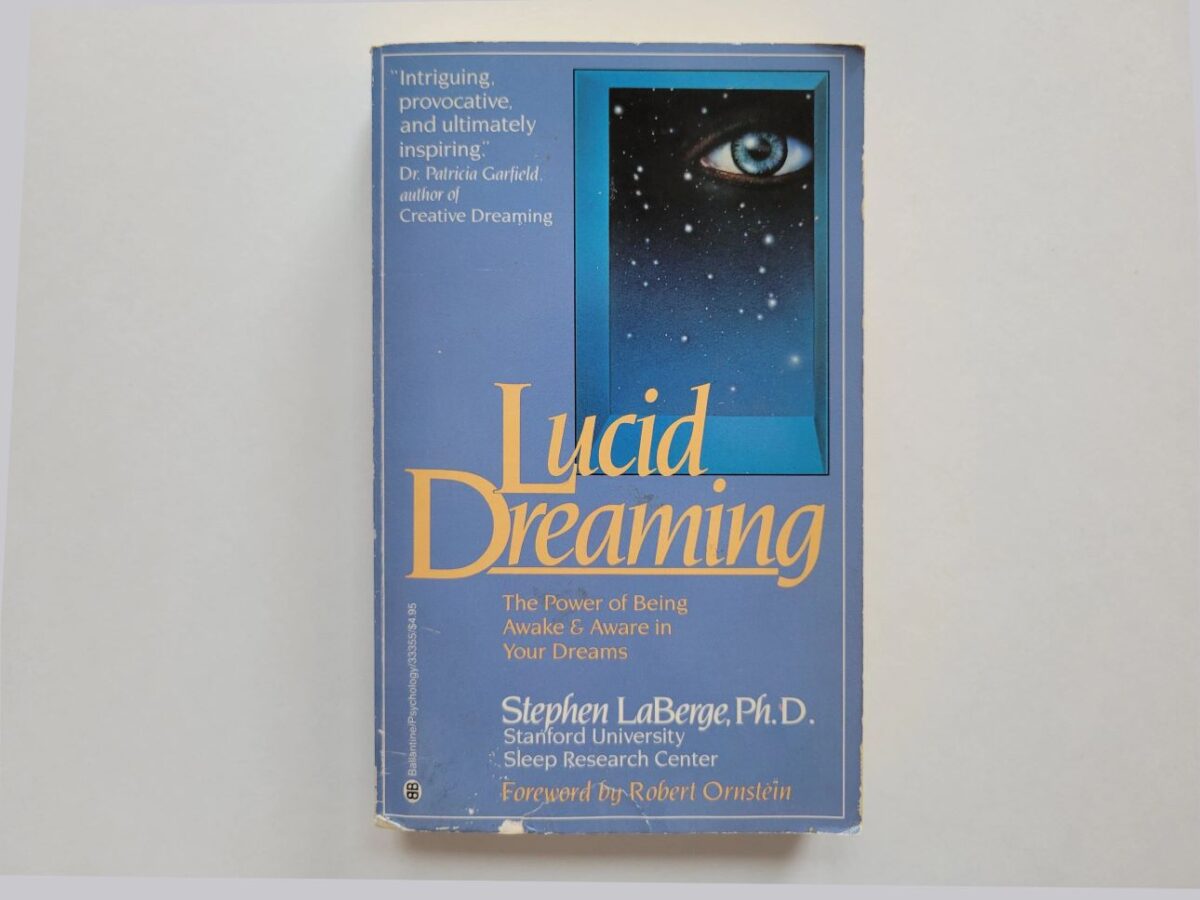Lucid Dreaming Mask — Practice Effectively
Lucid Dreaming App — Dream Journal, Dream Tracker & Lucid Dreaming Community
Robert Monroe was an engineer by profession who worked as a scriptwriter and director for radio stations. He later founded his own radio station, which, under his leadership, achieved tremendous success in a short time. Starting in 1956, he also became involved in scientific research and was particularly interested in the influence of sound waves on the human brain.
After two years of research, Monroe experienced his first physical out-of-body exit. The American researcher was not afraid of the phase state and decided to devote time to studying this astonishing phenomenon. Subsequently, he undertook enormous work, which served as the foundation and motivation for many modern researchers of the phase. His work also inspired many people to try having out-of-body experiences (OBEs) and attempt to use them for personal purposes.
Since 1974, the Monroe Institute has been conducting research on such phenomena as lucid dreams. Monroe explored not only the classic lucid dream but also the possibilities of influencing it — for example, through music and sound. He created the Hemi-Sync system, which allows one to enter the astral state (or the phase) by synchronizing the work of both brain hemispheres.
Robert Monroe’s first book, “Journeys Out of the Body,” was first published in 1974. Later, the author released two more books: “Far Journeys” and “Ultimate Journey.”
The problem is that in Monroe’s books, including “Journeys Out of the Body,” the author contradicts common sense by basing his work on various mystical aspects. For example, he believed that he truly left his body when he was in the phase. Nevertheless, the first book was a colossal success and made him a leader in the field.
Because the experiments that Monroe conducted repeatedly went against his theory of a real out-of-body exit, he stopped popularizing this phenomenon and ceased writing on the topic. However, he managed to lay a solid foundation for others since, misconceptions aside, the books contain many useful facts.
What Is the Book “Journeys Out of the Body” About?
All of Robert Monroe’s books — “Journeys Out of the Body,” “Far Journeys” and “Ultimate Journey” — are based on real practical experience. Over 50 years ago, the author experienced his first out-of-body journey. It took immense willpower not to be afraid of such a state and to try to study it. The author had plenty of courage, and he decided to write about what he felt, what conclusions he reached, and what exactly he researched.
“Journeys Out of the Body” is considered a classic work on the phenomenon of lucid dreaming. A businessman and engineer by profession encountered such a phenomenon by chance and decided to share his observations. He narrated only what really happened to him, refusing to rely on conjectures or, especially, esoteric theories.
In addition to independently studying this phenomenon, Monroe acquired professional assistance from scientists. Together, they devised various experiments that allowed them to prove various theories — or at least get closer to solving mysteries.
It is commonly believed that during the 6–8 hours of sleep an adult gets each night, the person simply rests. From a young age, people live in a world where sleep is perceived as something unreal, insignificant, and certainly unrelated to the real world. By the age of 30, many people become so accustomed to this idea that they don’t even remember their dreams.
Psychologists do not consider dreams to be useless. They think that within them, one can find a key to the current psycho-emotional state — but nothing more.
But what if a person tells you about the real sensation of flying over a large city and seeing all its landmarks? Even if you believe him, you certainly won’t take his account seriously. But the person himself, having experienced such a state, will believe for the rest of his life that something unusual and quite real happened to him.
Now let’s consider a much stranger situation. Imagine that the same person told you that after flying over a city, he went straight to your apartment. He described its furnishings in detail and saw the two friends who you drank tea with just the other day. If you base your judgment on just one such story, you might dismiss it as a coincidence. However, if you were to count all such stories, there would be thousands in modern times and hundreds of thousands throughout human history. Monroe called this an OBE.
In “Journeys Out of the Body,” Monroe described not only his personal OBEs but also the experiences of other people who encountered this phenomenon. Since Monroe was born into a family of teachers, had a high intellect, and loved delving deeply into scientific or any other literature, he couldn’t allow himself to publish the observations of only one person — even if it was himself. Therefore, he thoroughly interviewed other people who had had OBEs, recording not just their first impressions but also their real experiences. For example, a religious person might tell of how his soul left his body, after which he saw an angel and returned to his physical shell, even though, in reality, a different situation occurred: the person experienced the initial effect of an OBE, saw his body from the outside (as if hovering above it), then noticed a bright circle in the corner of the room, after which he quickly woke up due to the phenomenon he experienced. What he actually saw differed from what he claimed to have seen, but his religiosity “filled in the blanks,” leading him to interpret the events in his own way. Such religious explanations are absent in the book since Monroe meticulously questioned other “travelers” — even if their stories were much more mundane than the stories of people who believe in God or mysticism — until he reached the truth.
Recommended Books on Lucid Dreaming
FAQ
Recommended reading
Top 5 Best Books on Lucid Dreaming
Сarlos Сastaneda and Lucid Dreaming
Lucid Dreaming Book by Stephen LaBerge
Lucid Dreaming Journal and Diary














